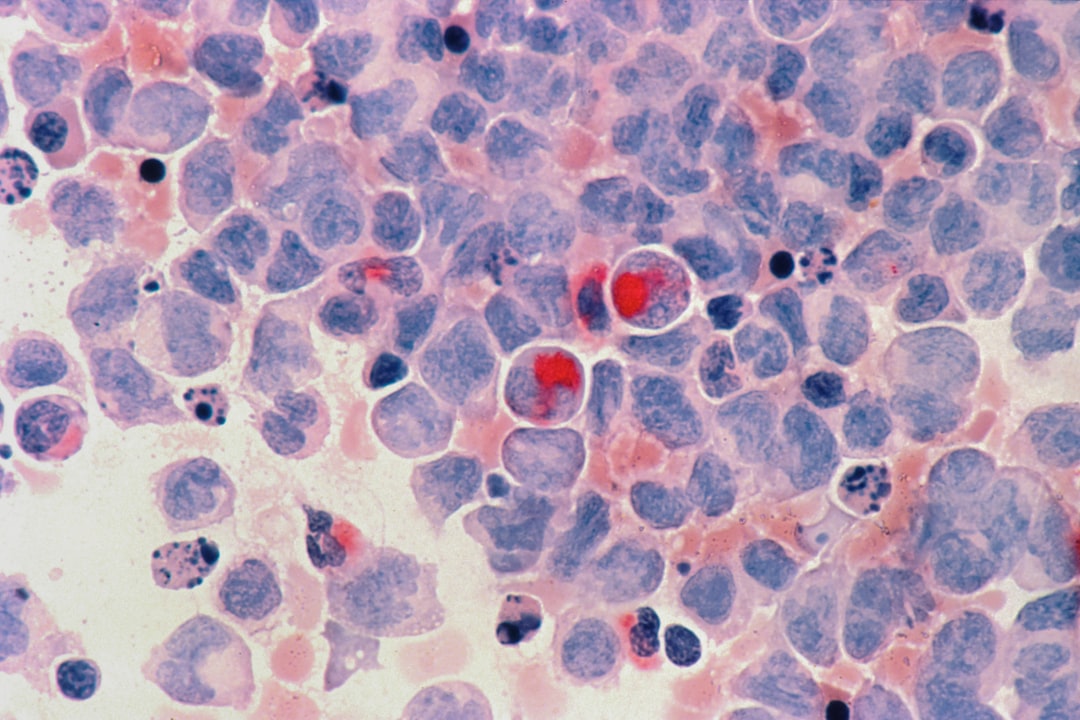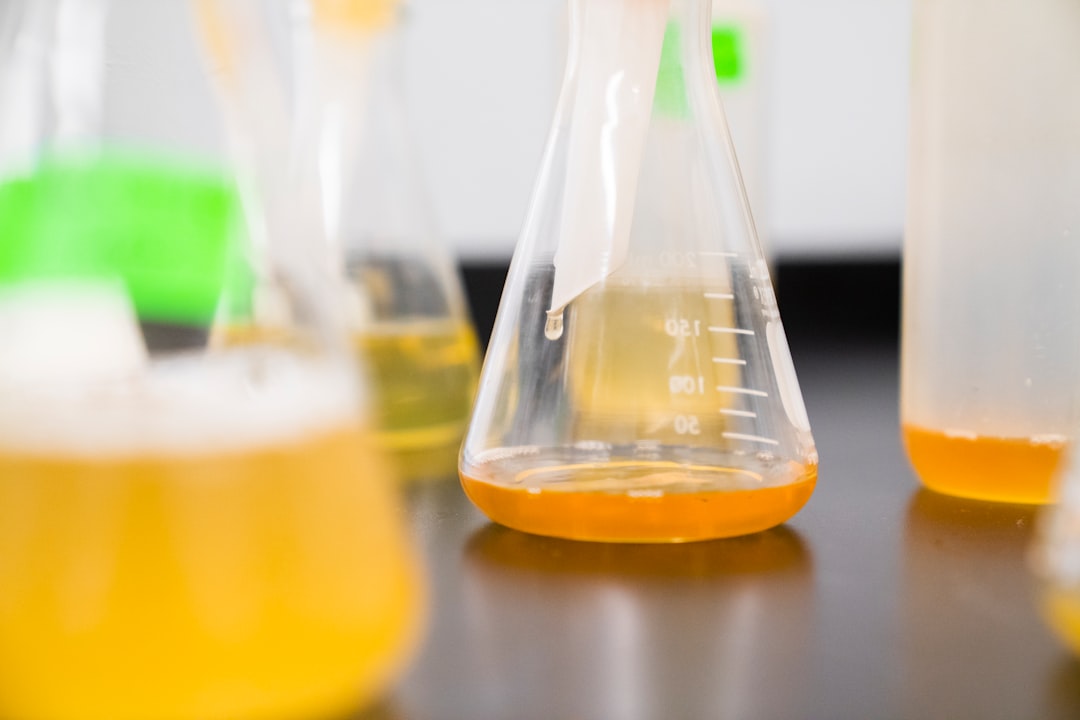What is it about?
Singlet and triplet excited states of antiaromatic molecules containing five-membered rings with four pi electrons and bicyclo-(1,1,0)-butadiene, bicyclo-(2.2.0)-hexatriene and benzocyclobutadiene are investigated quantum chemically. It is discussed how such states can exhibit aromatic character upon suitable electronic excitation. The nodal pattern of the molecular orbitals involved in the electronic excitation are used to invoke bond equilization and hence aromaticity in excited states.
Featured Image
Why is it important?
We have identified arcmaticity in the excited states of antiaromatic five membered rings and bicyclic ring systems containing four pi electrons. Our study also predict that the antiaromatic systems under study have lower energy excited states as compared to aromatic systems.
Perspectives
The present study illustrates that antiaromatic systems can exhibit aromatic character upon suitable electronic excitation. The nodal pattern of the essential orbitals which are involved in the electronic excitation play a major role in characterizing aromaticity in the excited states. It is found that even n-pi* or n – sigma* excitation can induce aromaticity in the excited states of antiaromatic molecules by way of relieving the ring strain.
E.J. Padma Malar
University of Madras
Read the Original
This page is a summary of: Excited states of antiaromatic systems1, Tetrahedron, January 1986, Elsevier,
DOI: 10.1016/s0040-4020(01)87441-x.
You can read the full text:
Contributors
The following have contributed to this page










